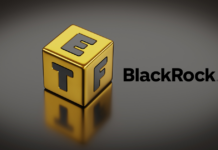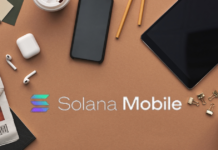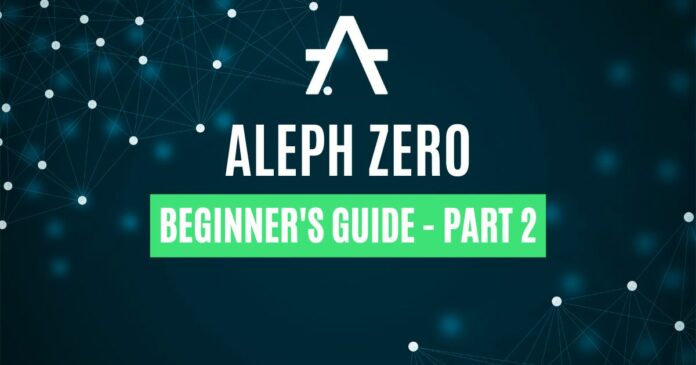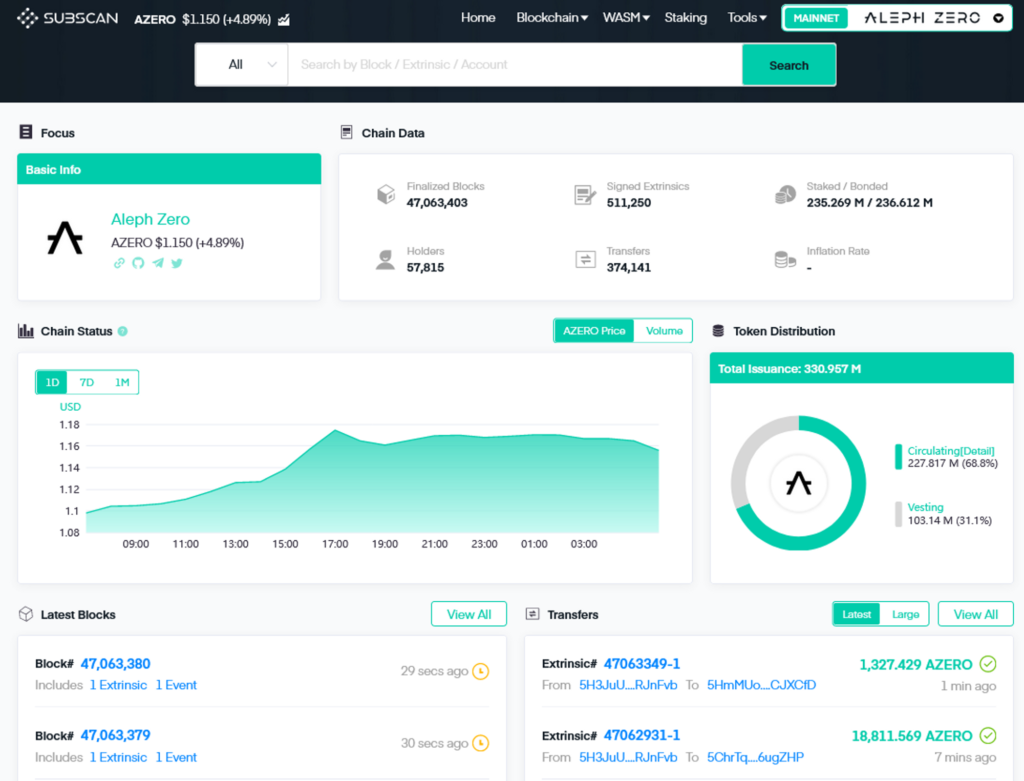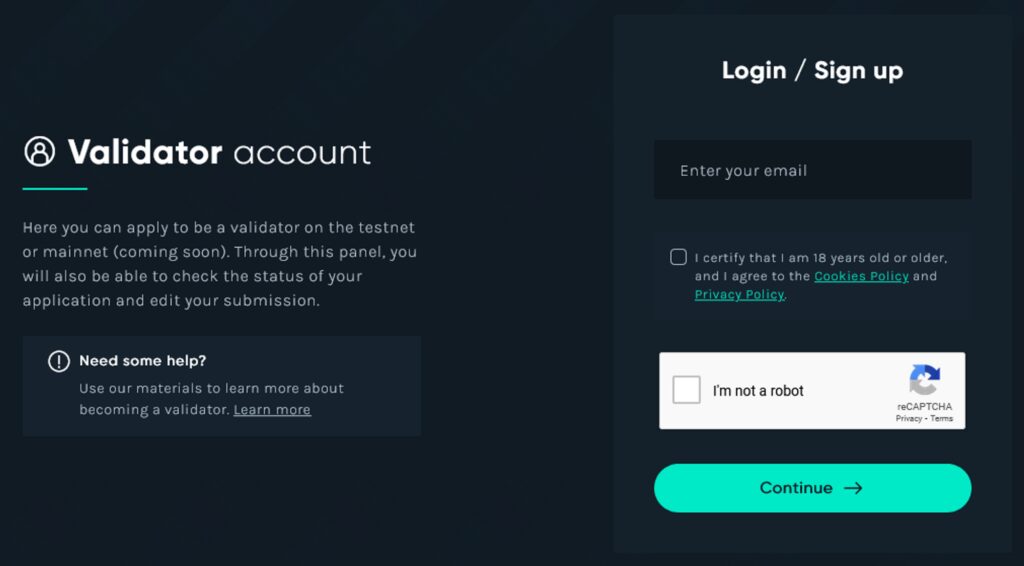In our previous article, we delivered into the world of Aleph Zero – a blockchain initiative that has been creating quite a stir with its potential to tackle the trilemma.
And in this article, we will look into details of how to stake AZERO, the native token of Aleph Zero. Also, we covered the most notable Aleph Zero explorer, and what it takes to become a validator for this groundbreaking platform. So, let’s dive in!
How/Where to Stake $AZERO?
At the core of Proof-of-Stake blockchains, such as Aleph Zero, lies staking – the very foundation that makes the platform feasible. Not only does staking play a crucial role in securing the network, but it also presents an opportunity to earn tokens in the process. There are various methods for earning a return on your $AZERO tokens.
- Lending them to custodial providers or through decentralized lending protocols.
- Running your own validator.
- Delegating your tokens to validators of your choice.
We're celebrating 1 month as an @Aleph__Zero Validator!
📈 Quick stats:
• 2.3M AZERO staked
• 34 Nominators
• 100% Uptime#AlephZero is making giant strides, & we're excited to be part of the journey!Stake with us & support Aleph Zero's growth: https://t.co/fBSSWwSAoj pic.twitter.com/XLg2lCapbK
— AngelBlock Protocol (@AngelBlock_io) April 18, 2023
At present, there are two primary ways to stake on Aleph Zero:
1. Direct Nomination: Also known as solo nomination, this method requires a significant minimum stake. Currently, the minimum is 2000 $AZERO, although this threshold is subject to change in the future. While you have complete control over who you nominate, it’s worth noting that you can switch your nominations without being subjected to the unbonding period (which lasts for 14 days).
2. Pooled Nomination: This approach involves joining an established “staking pool” that brings together a group of stakers. The upside of this method is that you can stake with as little as 10 $AZERO and don’t have to worry about selecting a validator yourself (the pool operator takes care of it for you). However, the downside is that it’s currently challenging to switch between pools (due to the unbonding period). The only way to auto-compound is to manually claim rewards and add them to the pool periodically.
📌 Weekly STATE of $AZERO | 02.05.2023 [#18]
➡️ +1 Mainnet Validator and +264 Holders
+2 hardware wallet options: @Ledger [dev mode] and @Tangem 🔥🍹Just stake [and chill] your $AZERO for a juicy 11,5% APY!
As always ….have a great week AZERIANS! pic.twitter.com/Orm2t5spVx
— AZERIANS Validator | ₳Ø (@azerovalidator) May 2, 2023
It’s worth noting that both staking methods are equally secure, and you always retain custody of your tokens and are simply “delegating” them to the validators of your choosing (who cannot claim them). However, to ensure maximum rewards, selecting a validator or pool operator whom you trust and who has a proven track record of high performance is vital.
How to Buy Aleph Zero (AZERO)?
The first step is to acquire some $AZERO, which is available on several exchanges, including MEXC Global, Gate.io, Huobi, and KuCoin. Once you have the coins, the next step is to create a native AZERO wallet.
We highly recommend using a Ledger Hardware Wallet to ensure maximum security and control over your funds.
🚀 BIG NEWS!
The @Aleph__Zero Ledger app is now available in dev mode, developed by our team, marking a significant milestone in our ongoing efforts to increase the accessibility and security of AZERO coin management for their users.
Learn more: https://t.co/c8MIuBTFAY
— Zondax (@_zondax_) May 2, 2023
Once your tokens are safely stored on your Ledger or SubWallet, you can easily delegate them by following these simple steps:
Step 1: Launch the SubWallet extension and navigate to the menu bar at the bottom. Click on ‘Staking’ and search for ‘Aleph Zero’ in case it doesn’t appear immediately.
Step 2: Browse the table to pick a validator that suits your preferences.
Step 3: Specify the amount you want to stake and proceed by clicking ‘Next’. Once you’ve verified all the details, enter your password and hit ‘Confirm’. Your transaction is now complete!
That’s it! You have now successfully staked your $AZERO.
All About Staking AZERO
A uniform inflation mechanism that yearly generates 30 million new $AZERO coins determines the staking rewards on the Aleph Zero chain. Of this amount, 90% is distributed as rewards to validators and nominators, while the remaining 10% goes to the Ecosystem Fund.
In each era, which lasts approximately 24 hours, validators and nominators receive a fixed amount of coins, calculated to be around 73,922 $AZERO.
The validators’ reward is proportionate to their stake and increases as the commission they earn from their nominators’ rewards. Furthermore, their performance significantly influences their overall rewards.
Aleph Zero’s Explorers
Since its mainnet launch on November 10th, 2021, Aleph Zero has been accessible through a custom Polkadot interface.
However, while this interface provides a basic level of exploration, it lacks the ability to view and analyze various data on blockchain networks. Moreover, it is not user-friendly.
A high-precision explorer is now available! 🦾
Through integration with @subscan_io, you can now interact with the $AZERO network on a deeper level.
Proceed to https://t.co/5tKcJjCXCH or read the announcement below to find out more! 💻https://t.co/OU54kaDO5P
— Aleph Zero (@Aleph__Zero) January 21, 2022
To address this issue, Aleph Zero has partnered with SubScan, a high-precision multi-chain explorer, which will serve as the default explorer for Aleph Zero in the foreseeable future.
Subscan is an indispensable tool for blockchain developers and enthusiasts alike, as it is a multi-chain explorer specifically designed for Substrate-based chains like Polkadot, Kusama, and Aleph Zero.
Subscan offers a range of powerful search capabilities, allowing users to easily search for Blocks, Extrinsics, Events, and Accounts on the Aleph Zero network.
Source: Subscan
The Explorer’s homepage is user-friendly, with a clean and intuitive layout that makes it easy to navigate. The page displays critical chain data such as finalized blocks, holders, transfers, signed extrinsic, and staked/bonded $AZERO.
How to be a Validator in Aleph Zero?
Becoming a validator on a blockchain network like Aleph Zero is a great way to participate in securing the network while earning rewards. To become a validator, you must meet specific requirements, such as holding a minimum amount of $AZERO tokens and running a node with the required software.
Source: Alephzero
Interested in becoming a validator and earning rewards by securing Aleph Zero? Don’t worry we got you covered! Follow these steps:
1) Acquire the native token of the network you want to validate. In the case of Aleph Zero, you can purchase $AZERO on leading exchanges like MEXC Global, Gate.io, Huobi, and KuCoin.
To become a validator on the Aleph Zero network, you must bond a minimum of 25,000 $AZERO. By bonding a significant amount of $AZERO, validators are essentially putting their money where their mouth is. Also, they are signaling to the community that they are committed to the network’s long-term success.
2) Set up a node, essentially a computer or a device that connects to the blockchain and validates transactions. Once you have set up your node, you can start the validator software and connect it to the network.
Things To Remember About Being a Validator at Aleph Zero
It’s essential to maintain high performance and availability to ensure optimal rewards. Validators need a reliable internet connection; their node should be up and running 24/7. They should also update their software to the latest version and regularly monitor their node’s health.
We recommend setting up a Testnet node first before running on Mainnet to ensure you’re familiar with the process and that your hardware and setup are compatible.
Also, to become a validator on the Testnet, you’ll need to follow a series of guides. These include how to set up your node, make it validate, set your on-chain identity, and secure your validator. You can find these guides by clicking on the following links:
- Getting and running Getting and running Aleph Node on your machine.
- Make the node validate.
- Setting your on-chain identity.
- Securing your validator.
Once you feel confident, it’s time to become a validator on the Mainnet. You’ll need to run another instance of Aleph Node with slight configuration changes for the Mainnet.
Then, you’ll need to bond the minimum required amount and repeat specific steps for your Mainnet validator. With these steps, you’ll be well on your way to becoming a successful validator on the Aleph Zero network.
Conclusion
Aleph Zero is an up-and-coming blockchain ecosystem that offers numerous advantages over traditional networks. With its improved speed, scalability, security, and interoperability. So, Aleph Zero has the potential to revolutionize a range of industries, from finance and governance to gaming and IoT.
Additionally, users can now participate in securing the network while earning rewards, making it an excellent investment opportunity. Moreover, with the help of tools like Subscan, exploring and analyzing data on the Aleph Zero network is more accessible than ever before.
As the platform continues to evolve, it’s exciting to see what the future holds.
⬆️ For more cryptocurrency news, check out the Altcoin Buzz YouTube channel.
⬆️ Our popular Altcoin Buzz Access group generates tons of alpha for our subscribers. And for a limited time, it’s Free. Click the link and join the conversation today.
https://www.youtube.com/watch?v=CeZ1tqK7qLw





